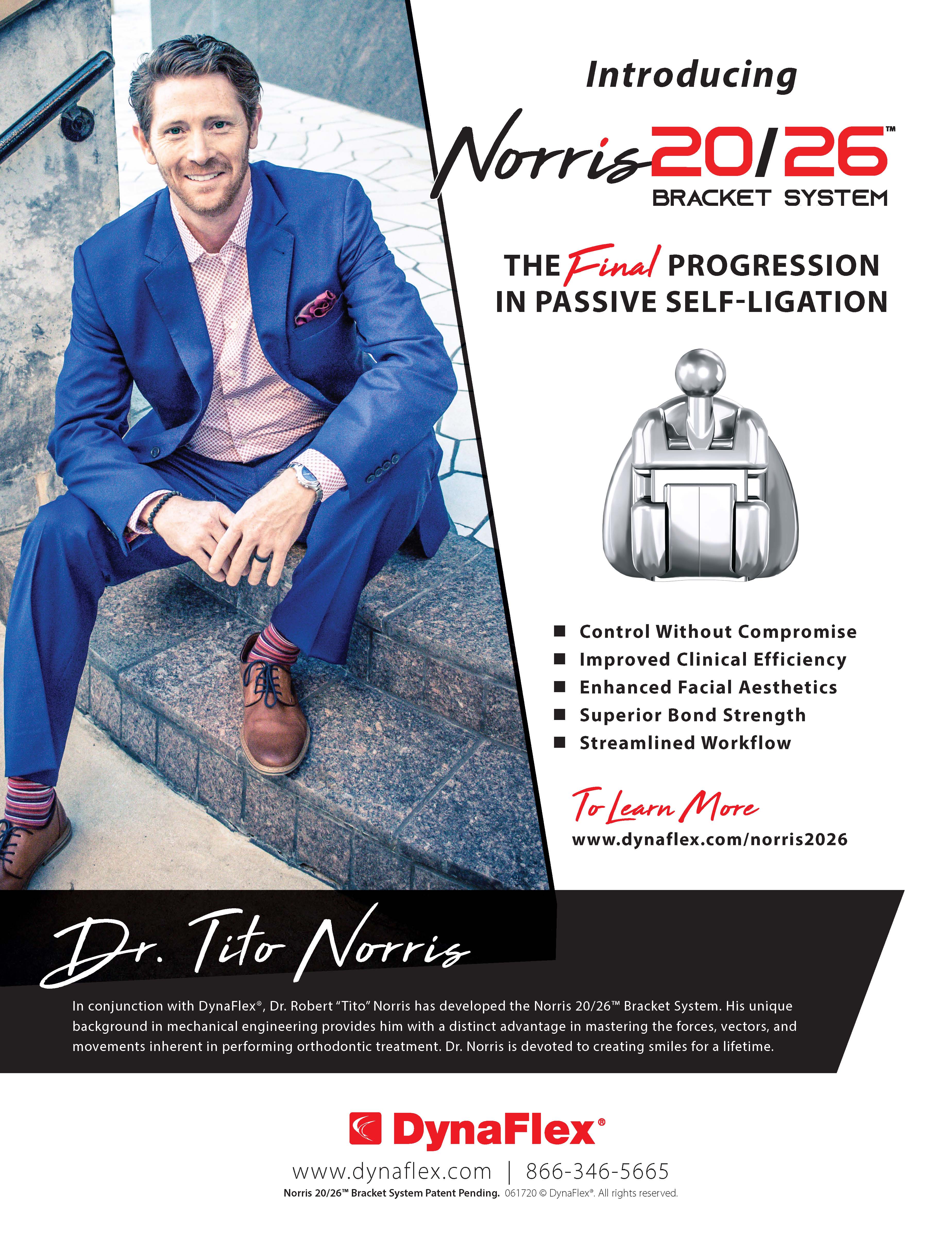Like many orthodontists, I spent a number of years (almost a decade in my case) as a general dentist before selling my practice and returning to school for formal orthodontic training. I have always believed that learning is a lifelong process, not something you do for a few years to get a degree. Standing still is not the prerogative of any professional; in fact, for most of us, education is a constant state of life. Hence, in my years as a general dentist, I went out of my way to learn as much as I could about every aspect of dentistry. When I did choose to specialize, I believed I had already accumulated a great deal of knowledge about occlusion, orofacial anatomy, and even orthodontics. I admit to being more than a little cocky when I got to my specialty training program. It was quite humbling to find out how much I really did not know about occlusion, orofacial anatomy, and orthodontics.
One of the first things that befuddled me was the orthodontic concept of “torque.” Having a strong pre-dental background in physics, I understood torque as a term in classical mechanics. When my orthodontic biomechanics instructor started referring to torque as a 3rd-order bend or a labiolingual tipping moment in reference to either the root or crown of a tooth (as in: “Keim! Apply more buccal root torque to those upper molars!”), my initial response was, “Huh?!”
Some years later, after having practiced (and taught) orthodontics for some time, I took the Tweed course in Tucson, Arizona, and I have always regarded it as the capstone of my orthodontic education. The most important concept I learned there was how to bend torque into a stiff rectangular archwire. This was an epiphany for me. I realized how much I had neglected torque over the years, and I was delighted to see how much my case outcomes improved once I included torque in my self-analyses.
At the time I was trained, preprogrammed or “straightwire” orthodontic appliances were just entering the market. All of us regarded this as a major step forward in the evolution of clinical science, and indeed it has proved to be so. All orthodontic students are now taught to use preadjusted systems with 1st-, 2nd-, and 3rd-order “bends” milled into the brackets themselves—but all of them are also taught to finish cases by placing custom bends in the later archwires by hand. When examining student cases, it’s easy to pick out the ones where the candidate failed to adjust torque. Make no mistake: the application of proper torque is critical to the quality of orthodontic case outcomes, whether you are looking at static occlusion, dynamic occlusion, or esthetics.
The number of orthodontists using self-ligating preadjusted brackets has increased dramatically over the past 10-15 years. I can personally attest to their advantages in terms of both patient comfort and clinical efficiency. The biggest mistake I see in the use of self-ligating appliances, however, is an overreliance on the brackets themselves to supply all the “information” that goes into the application of force to the teeth. Many doctors seem to skip any wirebending at all when finishing cases, with the inevitable result being the underapplication of appropriate torque to the dentition.
In this month’s edition of JCO, Drs. Nasib Balut, Nora Estela Hernández, Tely Adriana Soto, and Guillermo Pérez from the Autonomous University of Baja California, Mexico, address the issue of torque in a unique article entitled “Protocol for Torque Selection with Passive Self-Ligating Brackets.” I found their analysis of the problem and suggestions for decision-making in bracket placement to be quite helpful. I’m sure you will as well.
RGK



COMMENTS
.